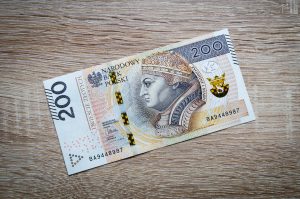Forex trading has become increasingly popular in recent years, as more people are looking to diversify their investment portfolios and take advantage of the potential profits that the foreign exchange market can offer. However, one of the biggest challenges that traders face is the high forex spreads that exist today. A forex spread refers to the difference between the price that a currency can be bought and sold at, and this spread can have a significant impact on the profitability of a trade. In this article, we will explore the reasons why forex spreads are so high today.
1. Increased market volatility
One of the main reasons why forex spreads are high today is due to increased market volatility. Volatility refers to the degree of price fluctuation that exists in the market, and it can be caused by a variety of factors such as economic events, political instability, and changes in central bank policies. When there is high volatility in the market, it becomes more difficult for traders to execute trades at the prices they desire, which can result in wider spreads.
2. Low liquidity
Another factor that can contribute to high forex spreads is low liquidity. Liquidity refers to the degree to which an asset can be bought or sold without affecting its price. In the forex market, liquidity is affected by the trading volume of a particular currency pair. When there is low trading volume, it becomes more difficult for traders to find counterparties to execute trades with, which can result in wider spreads.
3. Market maker practices
Market makers play an important role in the forex market, as they are responsible for providing liquidity by buying and selling currencies. However, some market makers may engage in practices that can result in wider spreads. For example, they may widen spreads during periods of high volatility or low liquidity to protect themselves from potential losses.
4. Regulatory requirements
Regulatory requirements can also contribute to high forex spreads. For example, some regulators require brokers to maintain a certain amount of capital in order to operate in the market. This capital requirement can result in higher trading costs for brokers, which they may pass on to their clients in the form of wider spreads.
5. Technology costs
Finally, technology costs can also contribute to high forex spreads. In order to execute trades in the forex market, traders require access to advanced trading platforms and technology. These platforms can be expensive to develop and maintain, and the costs associated with them can be passed on to clients in the form of wider spreads.
In conclusion, there are a variety of factors that can contribute to high forex spreads today. Increased market volatility, low liquidity, market maker practices, regulatory requirements, and technology costs can all play a role in wider spreads. As a trader, it is important to be aware of these factors and to choose a broker that offers competitive spreads and transparent pricing. By doing so, traders can improve their chances of success in the forex market.






